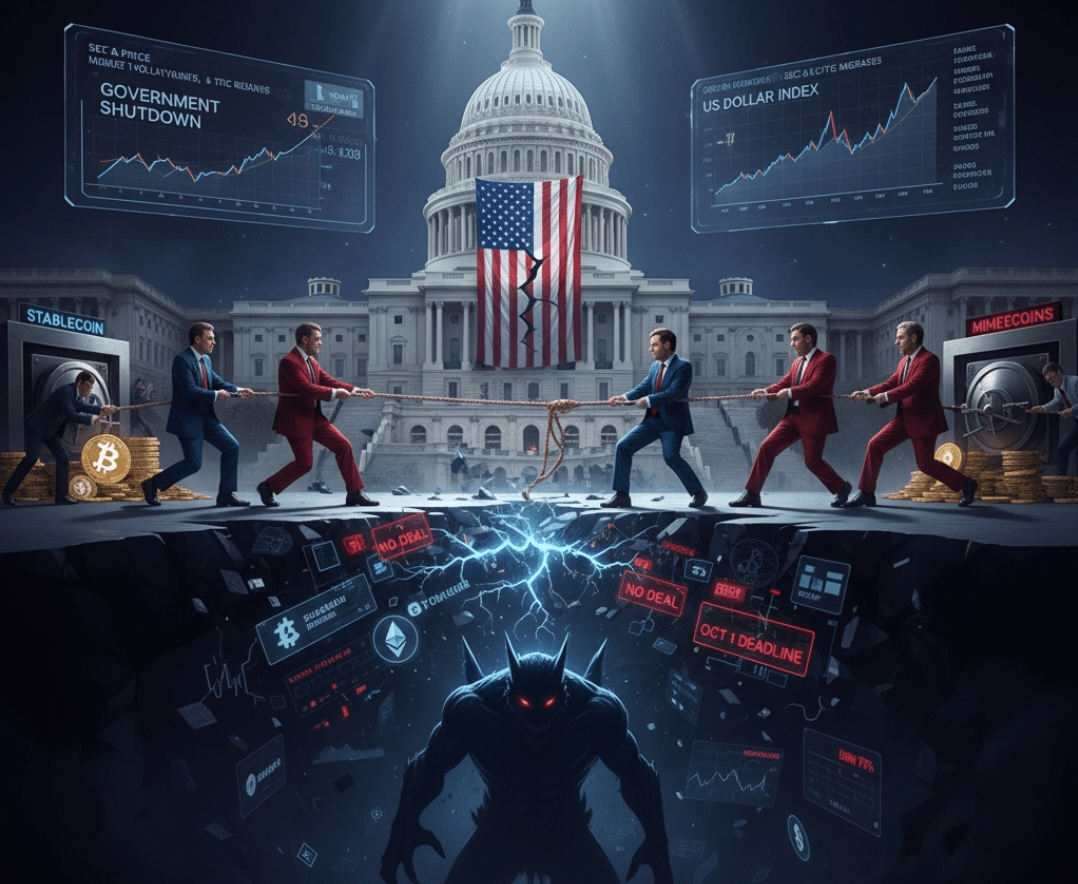Concerns about the potential shutdown of the federal government in the United States have risen to unprecedented levels, with data from the forecasting platform Polymarket showing that the likelihood of a government shutdown in 2025 has surged to around 82%. This political deadlock between the two parties has become a major concern in both traditional and digital financial markets.
With the deadline for budget approval on October 1st approaching, negotiations remain stalled amid sharp disagreements, while President Trump's decision to cancel an important meeting has further complicated the situation. According to experts, a shutdown would not only disrupt federal institutions but also affect hundreds of thousands of employees who may face salary freezes, in addition to halting essential public services such as passport issuance and the management of national parks. Additionally, the disruption in the release of economic data will increase uncertainty, which could exacerbate market volatility and undermine investor confidence.
The dilemma lies in the fact that both parties are using rigidity as a political pressure tool, making it more difficult to reach a compromise.
In the cryptocurrency market, this atmosphere has been clearly reflected; Bitcoin continues to fluctuate within a wide range, while investors have turned to defensive assets such as stablecoins, whereas meme coins and highly volatile currencies have suffered losses in the double digits. Moreover, crypto-linked exchange-traded funds have seen significant outflows, reflecting a rapid decline in risk appetite.
On another front, the regulatory framework faces additional challenges; agencies like the Securities and Exchange Commission (SEC) and the Commodity Futures Trading Commission (CFTC) have been forced to delay or slow down their non-essential activities, including approvals for new funds or taking executive actions, which could disrupt the flow of the digital asset market. At the same time, the rise in the dollar index has intensified pressures on Bitcoin and other high-risk assets, due to increasing demand for safe havens.
As the critical deadline approaches, the tug-of-war in Washington has become a key variable determining market direction. Major investment firms have already begun adjusting their positions, bolstering their holdings of short-term debt instruments and tangible assets in anticipation of potential disruptions. This crisis, which reveals the fragility of the American political landscape, could redraw the map of risky asset distribution globally in the near term.
